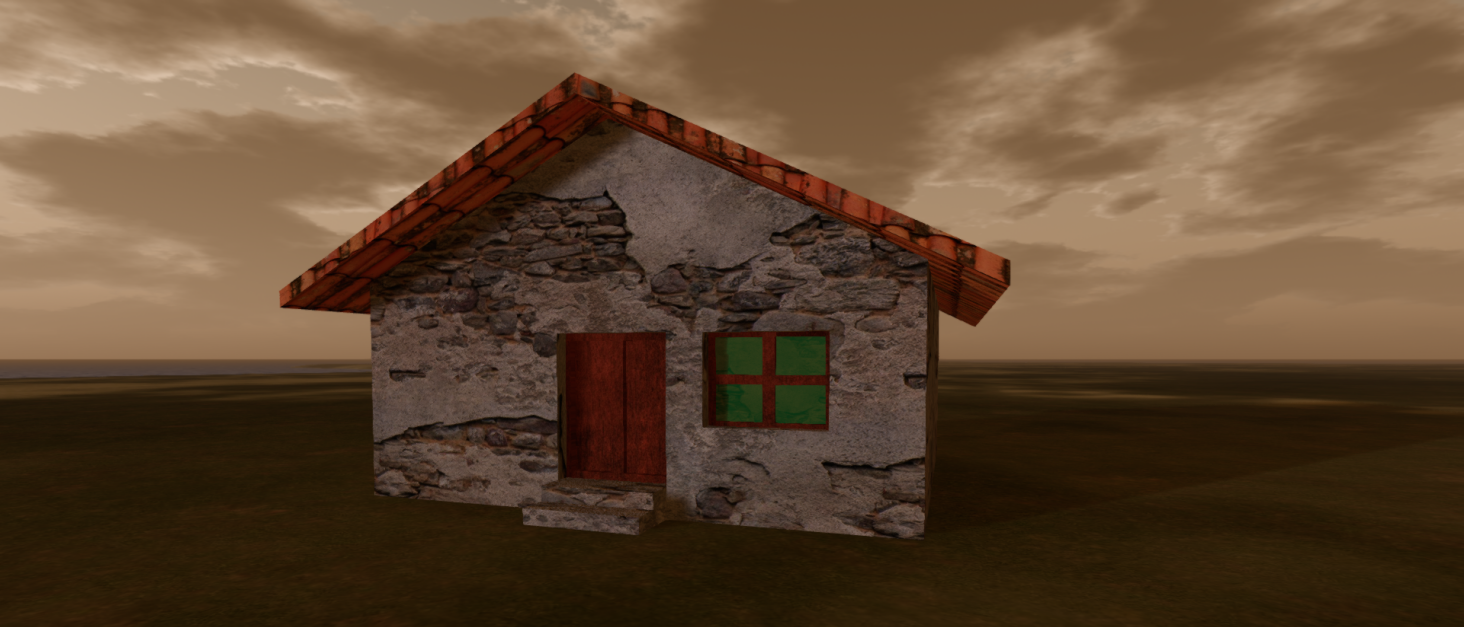Those who build in OpenSim are often used to working with primitives, the basic elements of the internal editor. This method is intuitive and fast, but it has limitations, especially in terms of realism and detail. For those who want to take their creations to the next level, Blender offers endless possibilities for modeling and texturing, allowing the creation of lightweight yet visually richer objects.
Blender and Its Usefulness in Virtual Worlds
Blender is a free and open-source software that serves as a fundamental tool for 3D modeling, animation, rendering, and post-production.
Thanks to its versatility and wide range of features, Blender has become a reference point for digital artists worldwide. It supports various modeling techniques, such as polygonal meshes, Bézier curves, and NURBS, and is equipped with powerful rendering engines like Cycles and Eevee.
In the context of virtual worlds like OpenSim, Blender provides an ideal solution for easily creating customized 3D objects. The ability to export models in formats compatible with virtual platforms allows users to enrich their virtual environments with realistic details.
Of course, it’s best to start with simple elements, as I will demonstrate in this post.
Practical Example: Modeling a Low-Poly House
To demonstrate how easy it is to use Blender for creating objects in virtual worlds, I am sharing three video tutorials that I recorded during some Edu3D sessions a couple of years ago. These videos show, step by step, how to:
- Model the house: Creating a simple house using the basic tools of the software.
- Apply materials: Preparing the materials to move on to the next phase.
- Texture the scene: Adding realistic textures to the house walls.
Video Tutorials (ITA):
-
House Modeling
-
Applying Materials
-
Final Texturing
Follow these tutorials to discover how easy it is to bring your ideas to life in 3D within virtual worlds!

